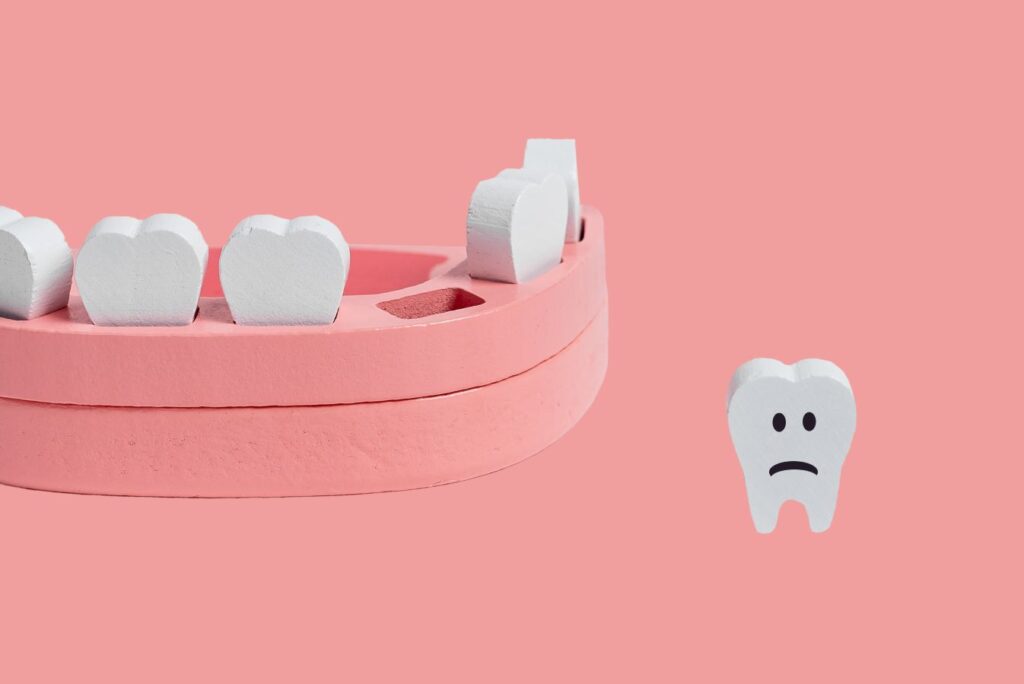
Has your child sustained an injury or eaten something too sticky, hard, or crunchy, and lost one of their teeth? It’s natural to wonder whether a missing primary tooth counts as a dental emergency since they will eventually fall out on their own, anyway.
However, it’s best to contact your child’s pediatric dentist right away to avoid potentially worsening concerns. Depending on the underlying cause, there may still be gum disease, cavities, or other issues to address. Continue reading to learn 4 steps to take to get your child help if they’ve knocked out a baby tooth!
Step #1: Find the Tooth
There’s a chance your little one’s oral healthcare provider can put the injured tooth back in its socket if it’s in good enough condition, but you must act quickly to reach their office before the active cells are no longer viable.
Do your best to find the dislodged pearly white, but only touch the crown, or the tooth-shaped portion, to avoid harming the roots. Keep in mind that pieces may still be in their mouth, so you might want to check there first, before they accidentally swallow it.
Step #2: Rinse Their Mouth
Then, if your child is hurt or bleeding, you’ll need to rinse their mouth out to prevent dirt or debris from causing an infection or additional irritation. If they’re old enough to spit out a rinse instead of ingesting it, you can try giving them a glass of warm salt water to disinfect their mouth and ease swelling and tenderness naturally. Otherwise, do your best to wash their mouth gently with clean water.
You can also rinse the tooth briefly with water, then store it in a container with some of your child’s saliva or a small amount of milk to preserve it until you arrive at your pediatric dentist’s office.
Step #3: Address Aches
Some children are still too young to tell their parents when they’re hurting, but thankfully, it’s usually safe to give them children’s Tylenol or ibuprofen to reduce aches and inflammation. You might also try placing a small amount of numbing gel directly onto their tooth or gums to provide temporary relief, depending on the circumstances.
Step #4: Contact Your Pediatric Dentist
If you haven’t already done so, take a moment to call your child’s pediatric dentist to let them know what happened. They’ll book the earliest possible appointment and might provide additional care instructions over the phone for your family to follow until you arrive.
When you get there, they’ll examine your child’s smile and suggest appropriate solutions to address their discomfort and treat the root cause of their lost tooth.
About the Practice
At Upper Dublin Pediatric Dentistry, kids from 0 to 18 benefit from two experts eager to help guide their still-developing smiles. Dr. Gardner and Dr. Denner collaborate to provide a wide range of services to help them build and maintain happy, healthy teeth and gums regardless of their current condition. Whether your child needs basic preventive care or has lost a tooth, they combine a caring approach with advanced technology to provide comfortable, accurate treatment results. You can request an appointment on the website or by calling (267) 481-7707.
